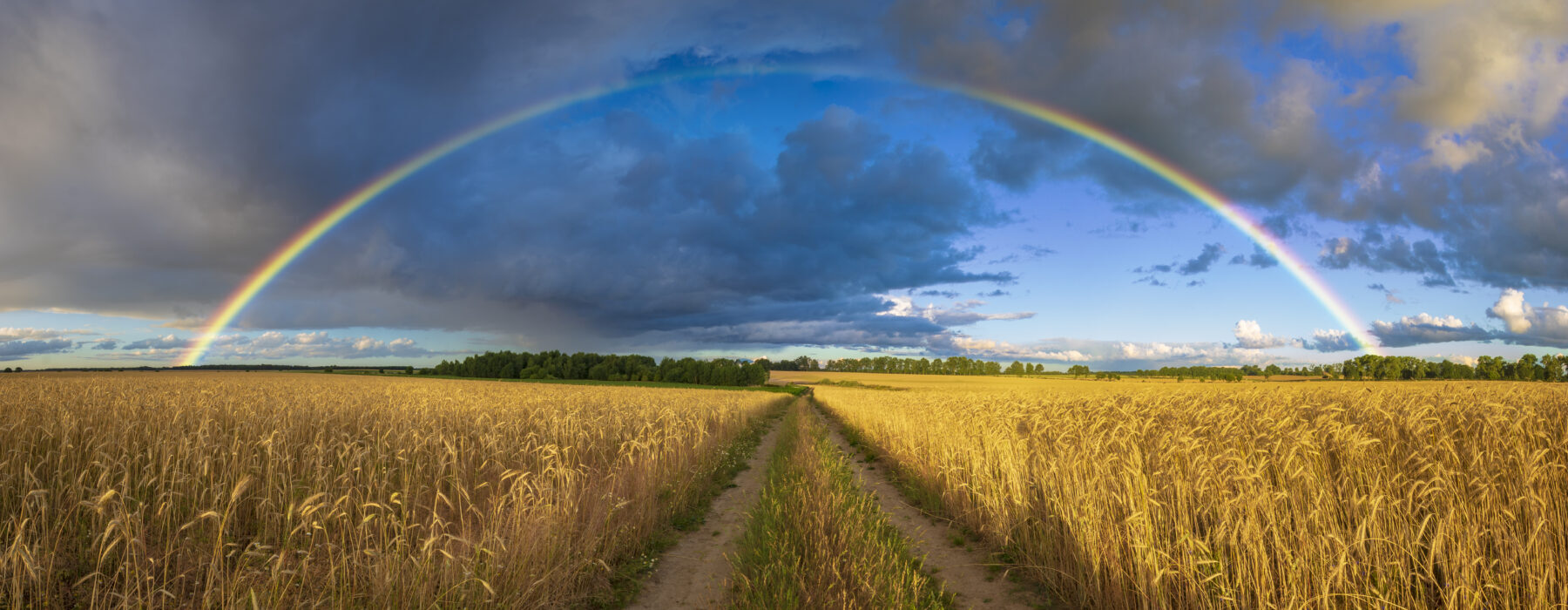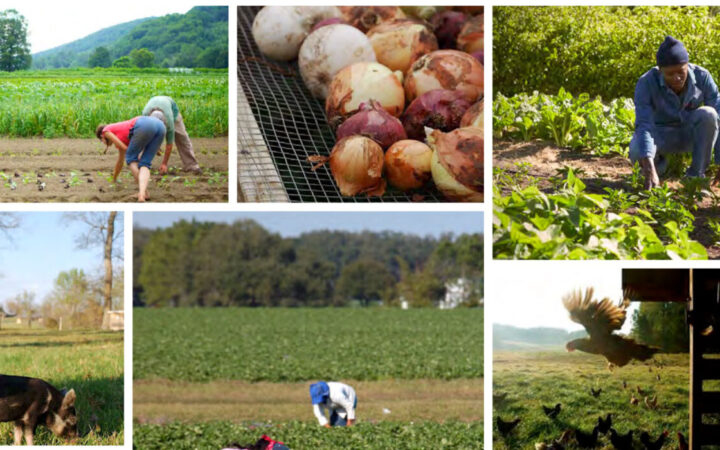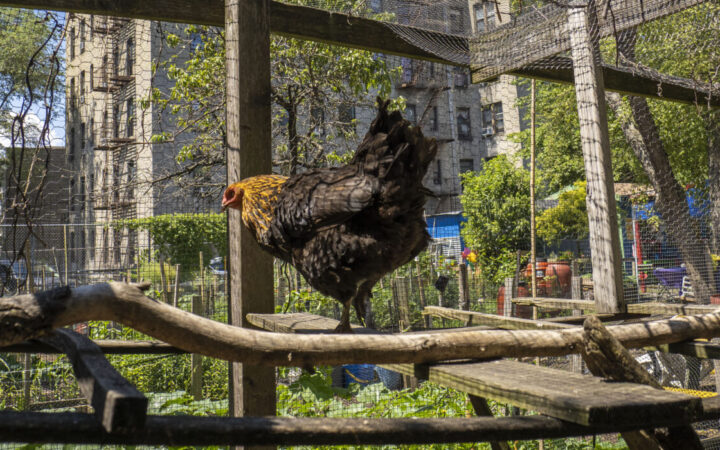This guide examines current use policies and programs as a tool for farmland preservation, identifies common challenges and opportunities of these programs, and provides recommendations for how programs could be adapted to better preserve farmland.
Introduction
A frequent challenge faced by farmers maintaining their land is the associated property tax burden. In an area with rising property values, if land is taxed at its highest and best use, increased taxes can result in strong pressure to sell (as the income from the land as farmland is often not sufficient to cover the taxes or, more likely, the farmer can earn a greater return from selling the land for a more intensive use). Given the crucial role that farmland plays, both locally and as part of our national food system, all states have developed some type of preferential tax treatment for farmland. These programs generally allow farmers to pay taxes on their land at its current (agricultural) value rather than its assessed value for another non-farming use— with the idea that this tax treatment will help keep the land farmed or at least lessen the farmers’ need to sell land for development to meet rising tax obligations.
Current use programs are an important tool in the farmland preservation toolbox and this Guide intends to provide a working framework toward understanding the theory and practice of such programs to keep agricultural lands working.
This guide was produced by the Center for Agriculture and Food Systems at Vermont Law and Graduate School. The views expressed herein are the views of the author only, not of the Lyme Timber Company or Vermont Law and Gradate School. This project is made possible with funding from the National Agricultural Library, Agricultural Research Service, US Department of Agriculture.
Suggested Citation
Jess Phelps, Vt. L. & Grad. Sch. Ctr. for Agric. and Food Sys., A Working Guide to Current Use Taxation for Agricultural Lands, https://www.vermontlaw.edu/sites/default/files/2021-11/Current-Use-Brief.pdf.




